Summary
The 2020 was one of the more difficult vintages due to the cold weather and the Covid-19 pandemic lockdown. Spring started normally but weather events turned against us. An unusual atmospheric phenomenon known as Sudden Stratospheric Warming turned everything upside down. A hailstorm hit the vineyard on 16 November and contributed to some flower damage. December, when the vines are flowering, was one of our coldest on record. It was the first time we have recorded lower temperatures in December than November. Temperatures and weather at flowering are strongly correlated to fruit set and bunch weights. This was clearly the situation for 2020 vintage with average bunch weight (ABW) of 65 g vs long term average of 108 g. The most comparable vintage is 2007 when December was cooler and ABW even lower. The weather did improve, and conditions were excellent for ripening in more typical Central Otago weather of hot dry days and cool nights. The quality of the fruit going into the winery was excellent and we look forward to another special and memorable vintage. April 2020 will always be linked to harvesting in Covid-19 Level 4 lockdown.
Monthly
October. A very heavy frost (minus 5 degrees) hit on 6 Oct as buds were emerging but frost fighting sprinklers on at 1:30 am avoided any damage. October was one of our coolest Octobers. On its own, a cooler than average October means nothing for the whole season other than a slightly slower start.
November. A more important month as shoots and flowers develop. The month was warmer than average despite a frightening hailstorm on 16 November (see blog here). By the end of November the season to date was back to “normal”.
December brought higher than average rainfall with flooding in Wanaka and high river levels. The rain had little direct effect on the vineyard, but the weather direction and lack of fine days kept temperatures well below average. Average temperatures in December were cooler than November (14.2 degrees C versus 14.8 degrees C). This is the first time we have seen December cooler than November. The unusual weather is associated with an atmospheric phenomenon known as Sudden Stratospheric Warming. (See NIWA explanation here. A similar event occurred in Spring of the difficult 2003 vintage).
January. Average temperatures and four weeks of dry weather until a large rainfall (84 mm) on 4 February.
February. This was the month that really pulled us through a cool year. The total heat was 20+% above average. We needed February to keep the season on track for a harvest date in mid April.
March. A cooler than average month with early autumn frosts. Fortunately the crop levels and bunches sizes are below average which means ripening seems to require less effort from the vines and all grape berries ripen earlier.
April The first week of April was perfect for ripening with warm clear days and cool nights. The chart of daily temperatures over one week captures this beautifully. The first of the grapes reached perfect ripeness in the third week in April and hand harvesting started on 19 April. The last grapes came in on 28 April. Average bunches weights low at 65 grams. The fruit was in excellent condition.
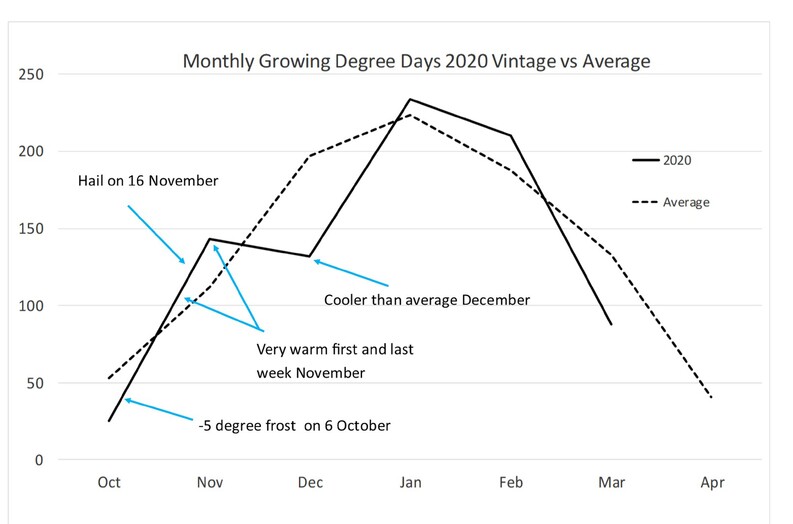
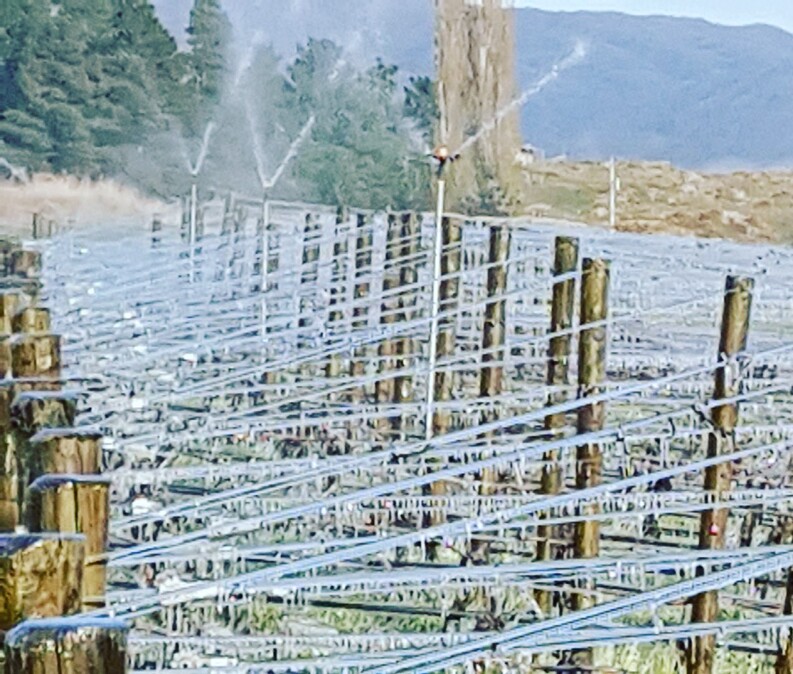
6 Oct 2019 frost fighting
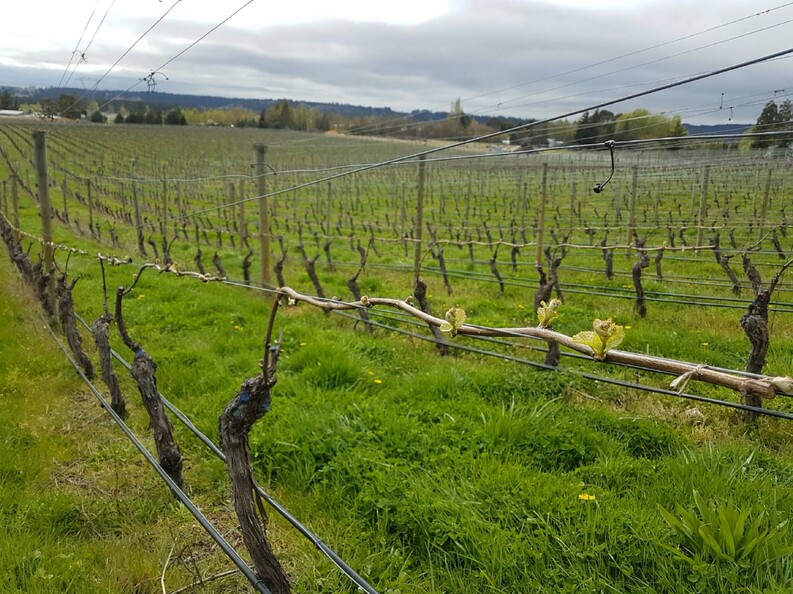
10 Oct 2019 Block 2
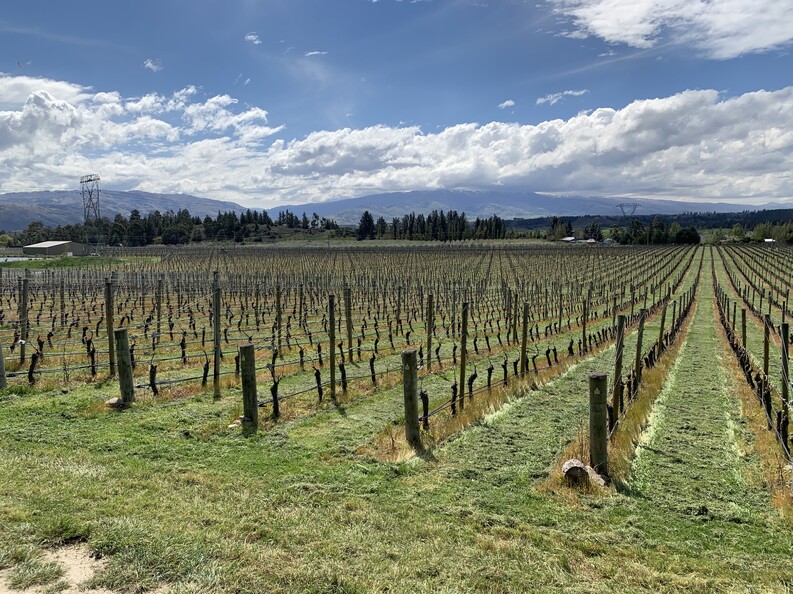
17 Oct 2019
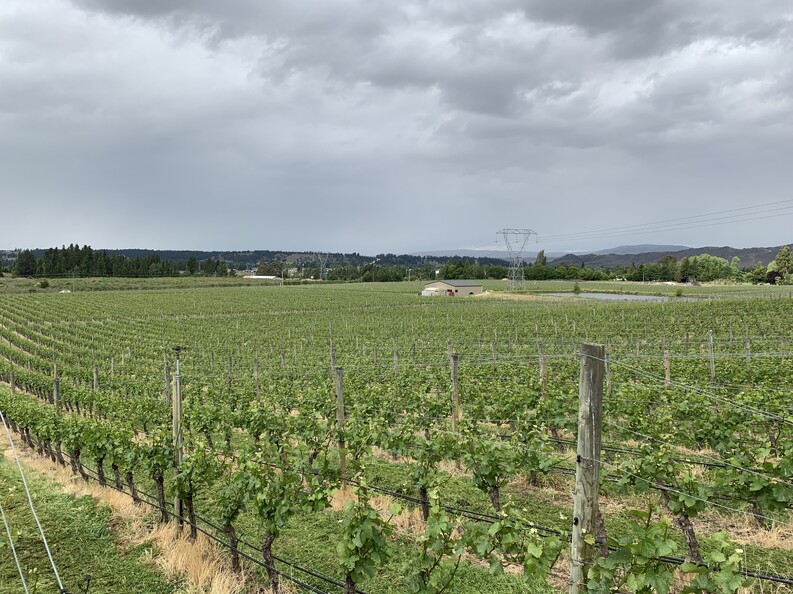
27 Nov 2019
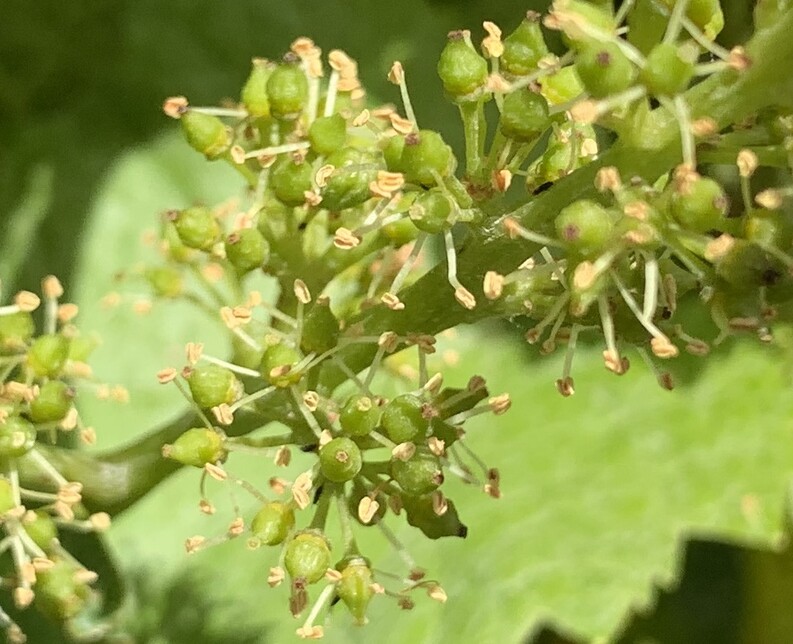
20 Dec 2019
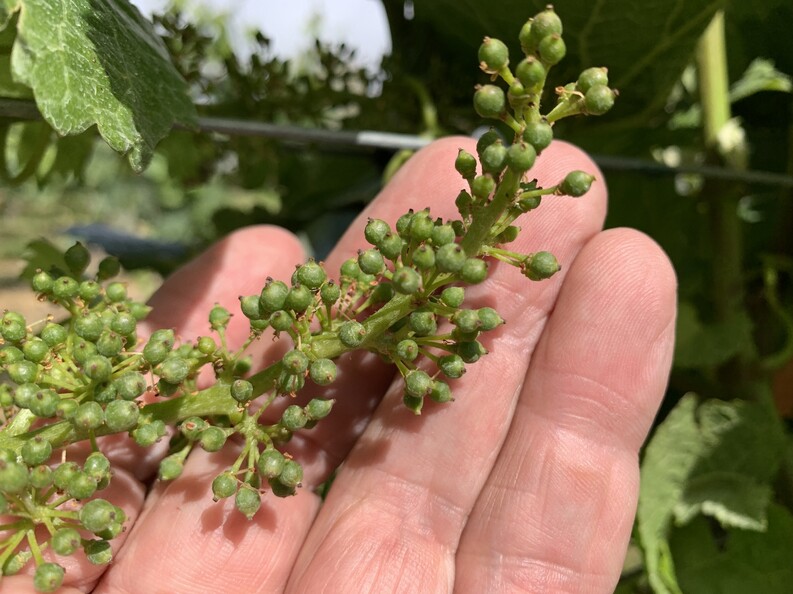
20 Dec 2019 – fruit set Abel Clone
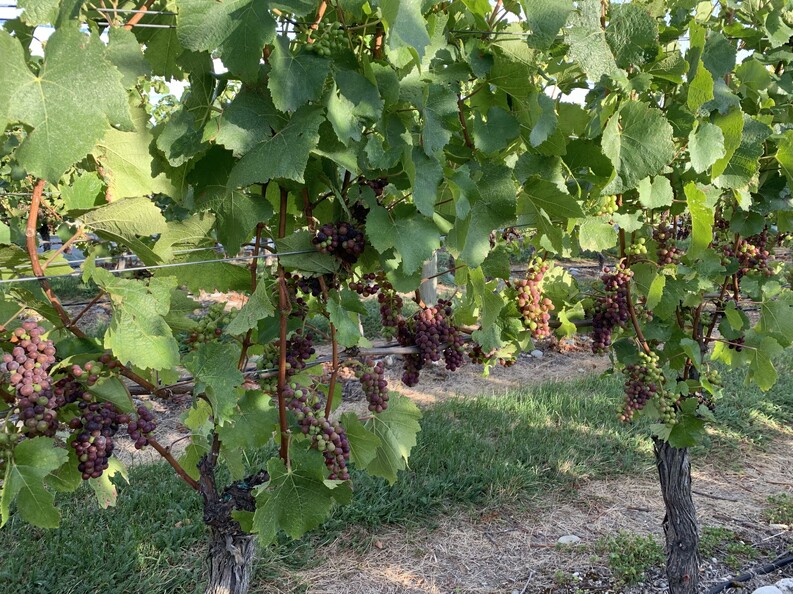
6 Mar 2020 – colour change (veraison)
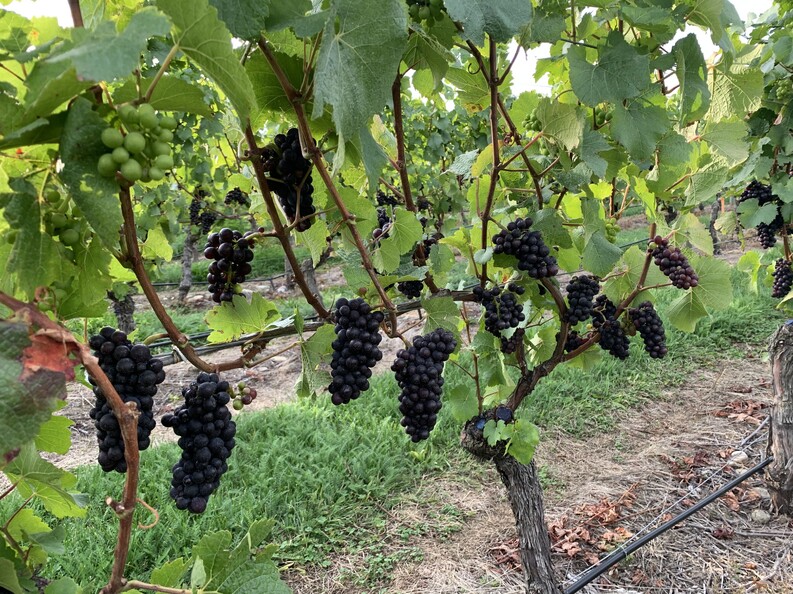
15 Mar 2020 – veraison near complete
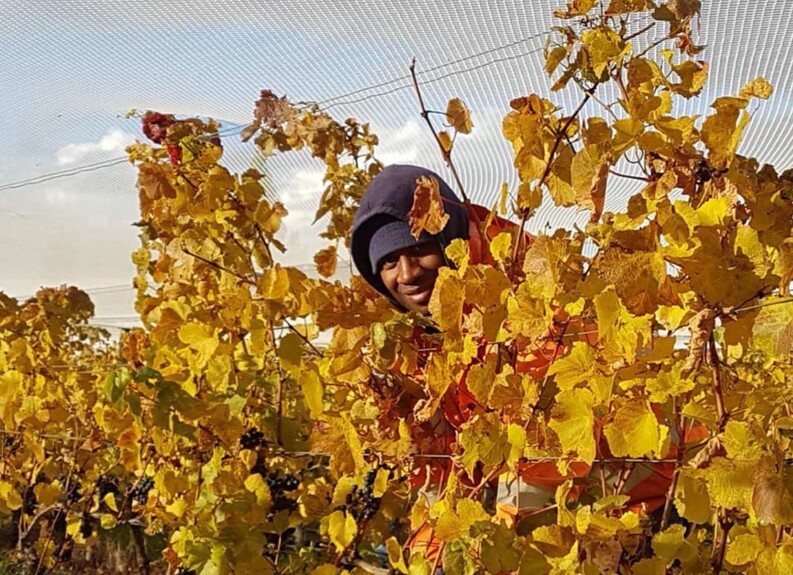
28 April 2020 – last day of harvest
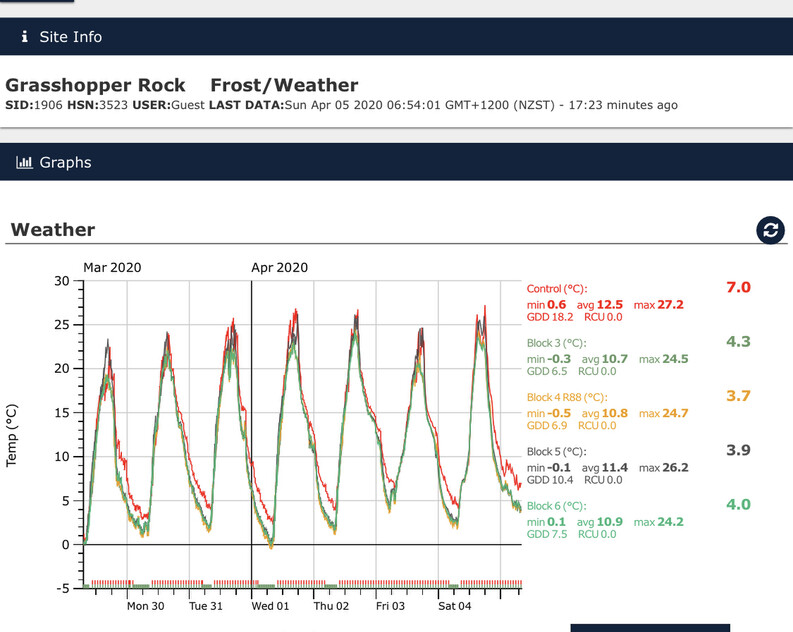
Extreme diurnal temperatue range in April
